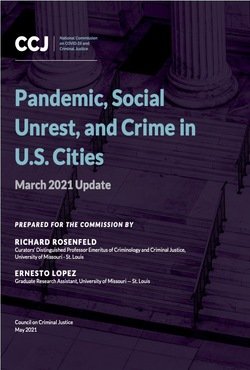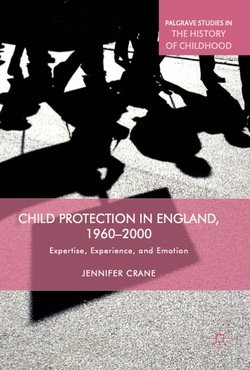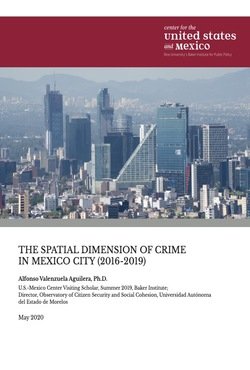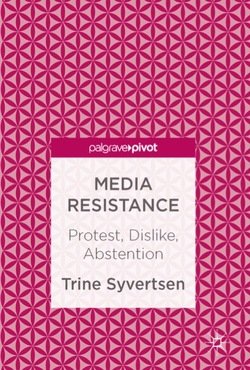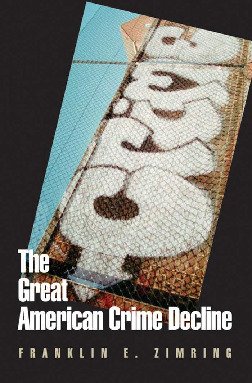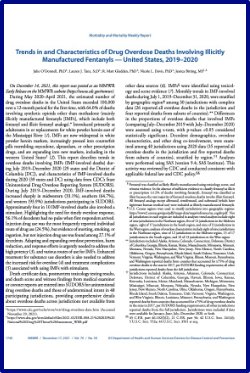By Eric Hobsbawm
“Two brief methodological notes. First, it will be clear that I have tried to explain why social banditry is so remarkably uniform a phenomenon throughout the ages and continents. Can this explanation be tested? Yes, insofar as it predicts, broadly speaking, how bandits will act and what stories people will tell about them in areas hitherto unstudied. The present essay elaborates the ‘model’ originally sketched out in my Primitive Rebels, which was based exclusively on European - mostly Spanish and Italian - material, but does not, I hope, conflict with it. Still, the wider the generalization, the more likely it is that individual peculiarities are neglected. Second, I have relied largely on a rather tricky historical source namely poems and ballads. So far as the facts of banditry are concerned, these records of public memory and myth are of course quite unreliable, however remotely based on real events, though they give much incidental information about the social environment of banditry, at least insofar as there is no reason why this should be distorted. But there is a more serious difficulty. How far does the ‘myth' of banditry throw light on the real pattern of bandit behaviour? In other words, how far do bandits live up to the social role they have been assigned in the drama of peasant life ? There is plainly some connection. I hope that in formulating it I have not gone beyond the bounds of common sense.”
London. George Wedenfield & Nicolson Ltd. 1969. 157p.





